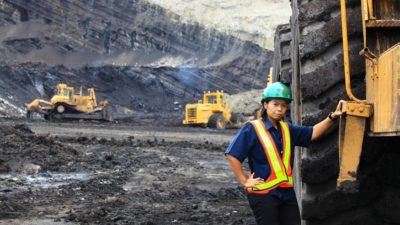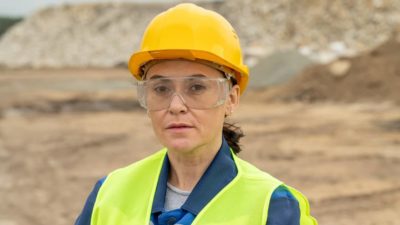BHP Group Ltd (ASX: BHP) shares have been impacted by volatility in the global economy and commodities. The FY23 result was a good example of how profitability is being challenged.
Revenue fell 17% to US$53.8 billion, underlying earnings before interest, tax, depreciation and amortisation (EBITDA) dropped 31% to US$28 billion and attributable net profit declined 58% to US$12.9 billion.
The ASX mining share's 2024 financial year may not be much better based on its current outlook for the market.
BHP shares its FY24 outlook
In its 2023 annual report, the BHP chair Ken MacKenzie gave some commentary about FY24. He said:
BHP will face challenges and uncertainty in FY2024. Cost inflation is expected to remain in the short to medium term and the changing geopolitical landscape is impacting global markets.
I believe BHP is well positioned to successfully navigate these challenges and continue to create value for shareholders and broader communities, customers, suppliers and partners.
When it comes to the BHP share price (and many others), the market is usually focused on the future, so the outlook is important.
BHP is expecting that population growth, rising living standards and the infrastructure required for decarbonisation will drive demand for steel, non-ferrous metals and fertilisers.
The business said that the outlook for the developed world is "uncertain", though it expects China and India to remain "relative sources of stability" for commodity demand. The business thinks inflation and labour market tightness will "continue to impact" its cost base throughout FY24.
However, it noted that the demand for commodities in the developed world has "slowed substantially due to the impact of anti-inflationary policies and the energy crisis itself."
The copper and iron divisions were the two that made the most underlying EBITDA in FY23, so I'm going to share BHP's comments on the outlook for those divisions. BHP is expecting to sell the Blackwater and Daunia mines.
Copper
Total copper production in FY24 is expected to be between 1,720kt to 1,910kt. That compares to total copper production of 1,717kt in FY23 (which was up 9%).
In the near term, BHP is expecting demand to be met by a combination of rising primary and scrap supply. A small surplus, or a balanced market, is the "most likely outcome" for the current year.
In the longer term, copper demand from traditional sources (such as home building and household appliances) is expected to remain solid while the decarbonisation trend is "expected to bolster demand". It's expecting elevated copper prices can endure throughout the period.
Iron
Total iron ore production for the Western Australian iron ore (WAIO) division is expected to be between 250mt to 260mt (or 282mt to 294mt on a 100% basis), which compares to FY23 production of 253mt for WAIO (or 285mt on a 100% basis).
This division usually makes the lion's share of the profit, so it's important for BHP shares.
BHP said that for WAIO it's focused on increasing its annual production to greater than 305mt over the medium-term. It's also studying the possible growth potential of WAIO to 330mt per annum – it expects to complete these studies in the 2025 calendar year – which could include developing new mines and using existing infrastructure or perhaps building a new hub.
However, BHP also said that China's demand for iron ore is expected to be lower in the medium term than it is today as it "moves beyond its crude steel production plateau and the scrap-to-steel rises". However, it's expecting demand for BHP's production to be somewhat offset in developing Asia.
The ASX mining share noted that the Chinese economy is not seeing momentum in the steel-intensive real estate sector. BHP said "authorities have acknowledged that more policy support is needed to fully embed the recovery. For FY24, the key question is how effective this latest policy push will be."
BHP share price snapshot
Over the last 12 months, BHP shares have risen 23%, while the S&P/ASX 200 Index (ASX: XJO) has only risen 6%.








